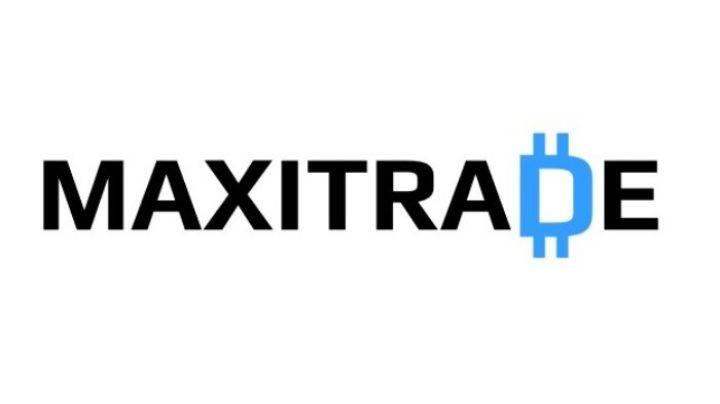
A financial instrument is a financial contract between two parties. It is a document that represents an asset to one party and liability to another. It carries financial value and represents a binding agreement between two or more parties. For example, if a company were to pay cash for a bond, another party is obligated to deliver a financial instrument for the transaction to be fully completed.
- The application of both approaches is optional and an entity is permitted to stop applying them before the new insurance contracts standard is applied.
- A bank has a liability to keep your funds safe and return when the contract ends.
- Any change in the fair value of the shares is not recognised by the entity, as the gain or loss is experienced by the investor, the owner of the shares.
- Financial instruments can set you on the right path to achieving your investment goals, but you first must define them.
First, identify the financial instrument type and determine the value of the bonds today. Cash instruments have directly available market value and market forces directly determine their value. If lender and borrower agree over the transferability, deposits, how to become a forex trader and loans are also cash instruments. If the instrument is debt it can be further categorized into short-term (less than one year) or long-term. Foreign exchange instruments and transactions are neither debt- nor equity-based and belong in their own category.
Blue Chip Stocks
Examples include assets like equity options contracts, which derive value from underlying stock. When you purchase an option, you aren’t obligated to buy or sell the stock at any specified price although the option’s value rises and falls according to stock value. Financial instruments are assets that can be traded, or they can also be seen as packages of capital that may be traded. Most types of financial instruments provide efficient flow and transfer of capital throughout the world’s investors. These assets can be in the form of cash, a contractual right to deliver or receive cash or another type of financial instrument, or evidence of one’s ownership in some entity. These instruments can be divided into two types cash instruments and derivative instruments or can be divided based on asset class like debt instrument or equity instrument.
The total finance income to be recorded in the statement of profit or loss over the three years is $2.5m, being the $808k + $833k + $859k. This $2.5m represents all the annual interest earned by https://investmentsanalysis.info/ the entity over the three years. This consists of the $1.5m annual payments ($500k a year), and the additional $1m received (the difference between loaning the $10m and receiving the $11m).
Non-complex financial instruments examples
Because of these changes, in October 2010 the Board restructured IFRS 9 and its Basis for Conclusions. In December 2011 the Board deferred the mandatory effective date of IFRS 9. The Board had always intended that IFRS 9 Financial Instruments would replace IAS 39 in its entirety. However, in response to requests from interested parties that the accounting for financial instruments should be improved quickly, the Board divided its project to replace IAS 39 into three main phases.
If this was a normal loan, ignoring the conversion, Oviedo Co would pay $500k in years 20X1 to 20X3, and then make a final repayment of $10m on 31 December 20X3. EXAMPLE
Oviedo Co issued $10m 5% convertible loan notes on 1 January 20X1. These will either be repaid at par ($10m) on 31 December 20X3 or converted into 10 million ordinary $0.25 shares on that date.
Embedded derivatives
Therefore, the entries are Dr Cash $9.8m, Cr Loan payable $9.8m. Put simply; a financial instrument is an asset or package of capital that we can trade. As further illustrations, we use credit cards to make routine purchases for which payment is usually owed within a monthly cycle.
In review: governing rules for IPOs in Switzerland – Lexology
In review: governing rules for IPOs in Switzerland.
Posted: Mon, 04 Sep 2023 16:24:42 GMT [source]
A financial instrument is a legal contract between the parties who are a part of the transaction that holds a monetary value. The monetary assets can be traded, created, modified or settled as per the parties’ requirements. In other words, any asset that holds capital and trades in the financial market can be termed a financial instrument. Some common examples of financial instruments in India are cheques, bonds, stocks, etc. Investors purchase financial instruments like stock options and interest-rate swaps to protect against losses.
Characteristics of Financial Instruments
If you plan to become a trader or investor, you should understand the essence of financial instruments. They are the main tools for earning money in the financial market. The more you know about them, the more confident you feel while investing or trading. Equity-based financial instruments, on the other hand, reflect ownership of the issuing entity. If you have a mortgage, the mortgage agreement is the financial instrument. The lender transferred cash to you, and you are obligated to make payments over the term of the mortgage.

Stocks, equity futures, and transferable subscription rights are typical equity-based financial instruments. There are two main types of financial instruments, derivative and cash instruments. A financial instrument is a monetary contract between parties. A financial instrument may be evidence of ownership of part of something, as in stocks and shares. Bonds, which are contractual rights to receive cash, are financial instruments. The value of derivative instruments is based on the underlying cash instrument.
Create a free account to unlock this Template
12-month expected credit losses represent the lifetime cash shortfalls that will result if a default occurs in the 12 months after the reporting date, weighted by the probability of that default occurring. As with the non-convertible financial liability noted earlier, the effective interest rate column is taken to the statement of profit or loss each year as a finance cost. Alternatively, equity instruments can be classified as fair value through other comprehensive income (FVOCI) if an election is made. It is important to note that this election must be made on acquisition and is irrevocable so the equity investments cannot retrospectively be treated as FVPL. This is only an option if the equity investment is intended to be a long-term investment (ie it is not held for trading).

Generally speaking, there are two main types of financial instruments. Cash instruments are priced directly, while derivatives get their price indirectly. Such kinds of instruments assist businesses in growing capital in the long run better than debt-based financial instruments. However, in this case, the debt isn’t paid by the owner, as they bear no responsibility.
Debt-based long-term financial instruments come in the form of bonds and have a maturity of more than one year. Cash equivalents in the form of loans and exchange-traded derivatives in the form of bond futures would also be examples of debt-based instruments. Some examples of OTC derivates are exotic derivates, interest rate swaps, caps and floors, and interest rate options. Monetary instruments such as certificates of deposit (CDs) and exchange-traded derivatives like short-term interest rate futures also come into this category.


